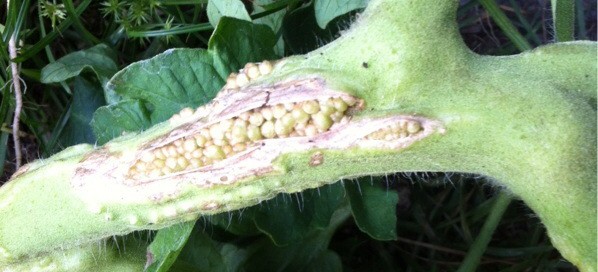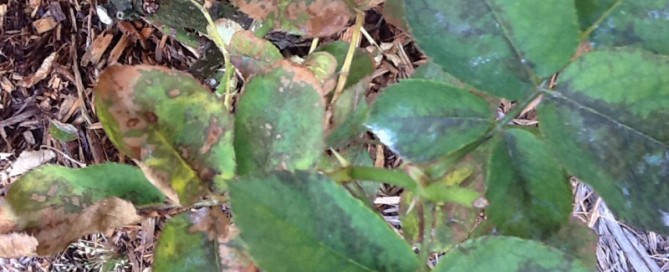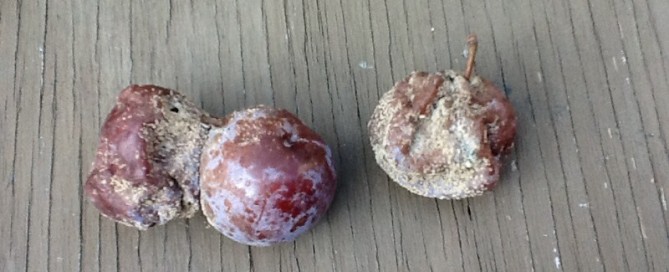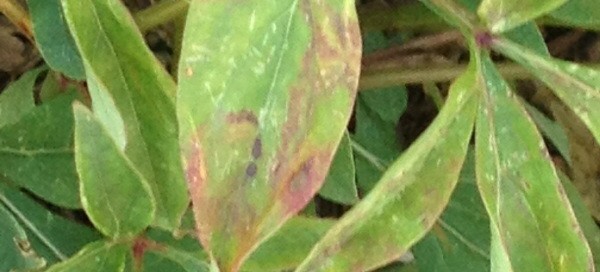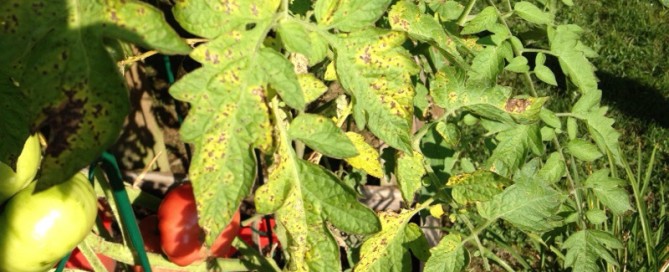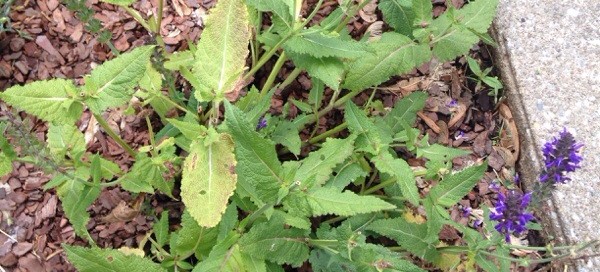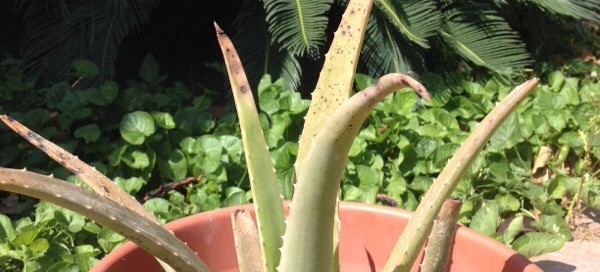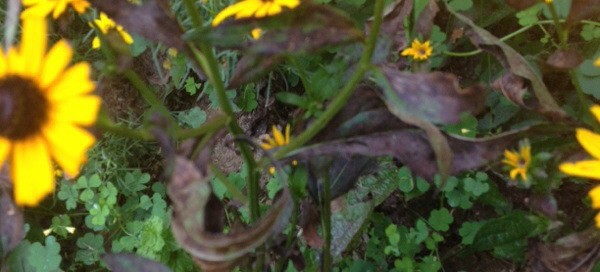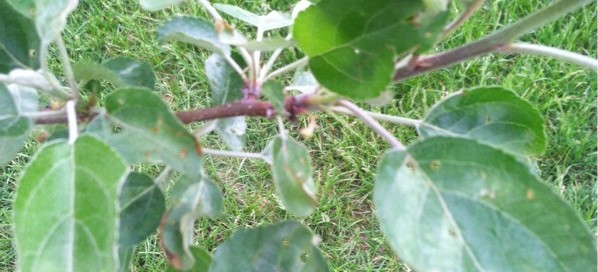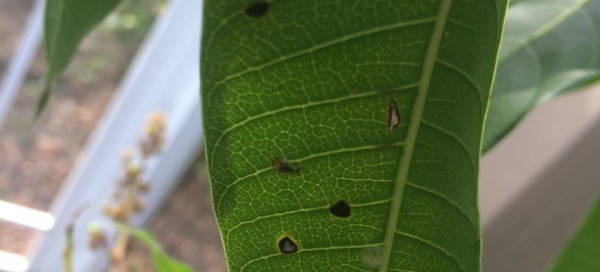Split Tomato Stem
Tomato stalks are brittle vines and split easily in strong winds, under the weight of a heavy crop or when brushed against, hence the custom of supporting and protecting plants with stakes and wire cages. In addition, the stalkäó»s tough outer surface, or epidermis, is made thicker by hairy bumps, adventitious roots that sprout near soil or during periods of drought or high humidity. If plants receive a sudden downpour after a long dry spell, the xylem, which carries water to the plant, swells, occasionally bursting the epidermis in vertical cracks. Sudden extremities in moisture and temperature can cause cracks in stalks, as well as fruits.
If you have examined the stem (without doing further damage) to eliminate a pest as the cause of this split stem, then you should just allow it to callus (heal) over and the stem should function normally to carry water & nutrients from the roots upward. Its not necessary to tape the stem, in fact it could cause moisture to accumulate inside the split area and possibly create fungal issues. If you have support higher up on the stem, it should be fine.
